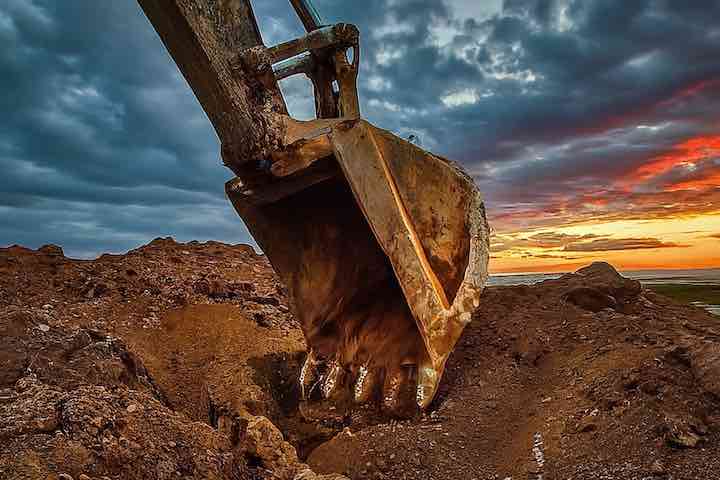EXCAVATING SAFELY
This excavating safely article aims to highlight the dangers associated with excavation work and how to excavate safely. Excavations work exposes worker to Buried Services and Underground Services such as electric cables.The article emphases the dangers present when excavating. We will also outline suggest procedures in place to ensure that excavation work is carried out safely.Excavating Safely Introduction
Excavations are one of the most hazardous types of work in the construction industry so knowing how to excavate safely is important.There is the potential for serious accidents if the planning beforehand is not adequate. This module will define excavation, look at the worrying trend of statistics in the last few years and the dangers present in the industry.The Dangers Striking underground services can, at best, be nothing more than an inconvenience (temporary damage to a data cable for example). However, where the services are of higher risk such as electricity or gas, an unintended strike can result in a serious injury or fatality. Strikes to things such as water or sewage mains can also result in severe repercussions Strikes to services can also lead to property and environmental damage as well resulting from fire, explosion, flooding etc.Legislation Section 2 of the Health & Safety at Work Act 1974 places duties on employers and employees. For employers it stipulates that they must ensure so far as is reasonably practicable, the health, safety and welfare of their employees whilst at work.Prior to any excavation work
Prior to any excavation work commencing it must be ensured that all reasonable steps have been taken to identify the location of any buried services. All known services (and easements) must be clearly marked and, where applicable, protected prior to any excavation work commencing. Do not rely solely on service drawings as they can often be inaccurate.Excavation PermitsThe aim of an excavation permit is to ensure that all services have been located and where applicable marked up. A permit will also signify that all persons involved have the relevant Buried Services training and qualifications to undertake the work. It also ensures that all equipment used is inspected and maintained as required.DrawingsThis Site Manager must ensure all service drawings are on site, in hard copy and are readily accessible. They must also be large and clear enough to be easily understood. The latest revisions are the only ones to be referred to and old or suspended revisions should be disposed of to avoid any confusion.MarkingsThe Site Manager must ensure that all services which have been identified, along with any easement areas have been marked up clearly by the contractors. Work is not to be permitted to start unless all known services/easements have been clearly marked.During an Excavation
During the excavation work it must be ensured that excavating safely practices are contained within your RAMS, as well as in HSE guidance (HSG47 Avoiding Danger from Underground Services), are adhered to.These include:- Hand digging only within 500mm of known services.
- Re scanning and, where necessary, referring back to service drawings during the dig.
- Ensuring that (where applicable) excavations are supported to prevent collapse.
- Ensuring that (where applicable) excavations are protected and that warning is displayed It must be agreed before the works commence who is going to provide the segregation around the excavation (barriers/fencing etc).
This is the end of the How to Excavate Safely article







